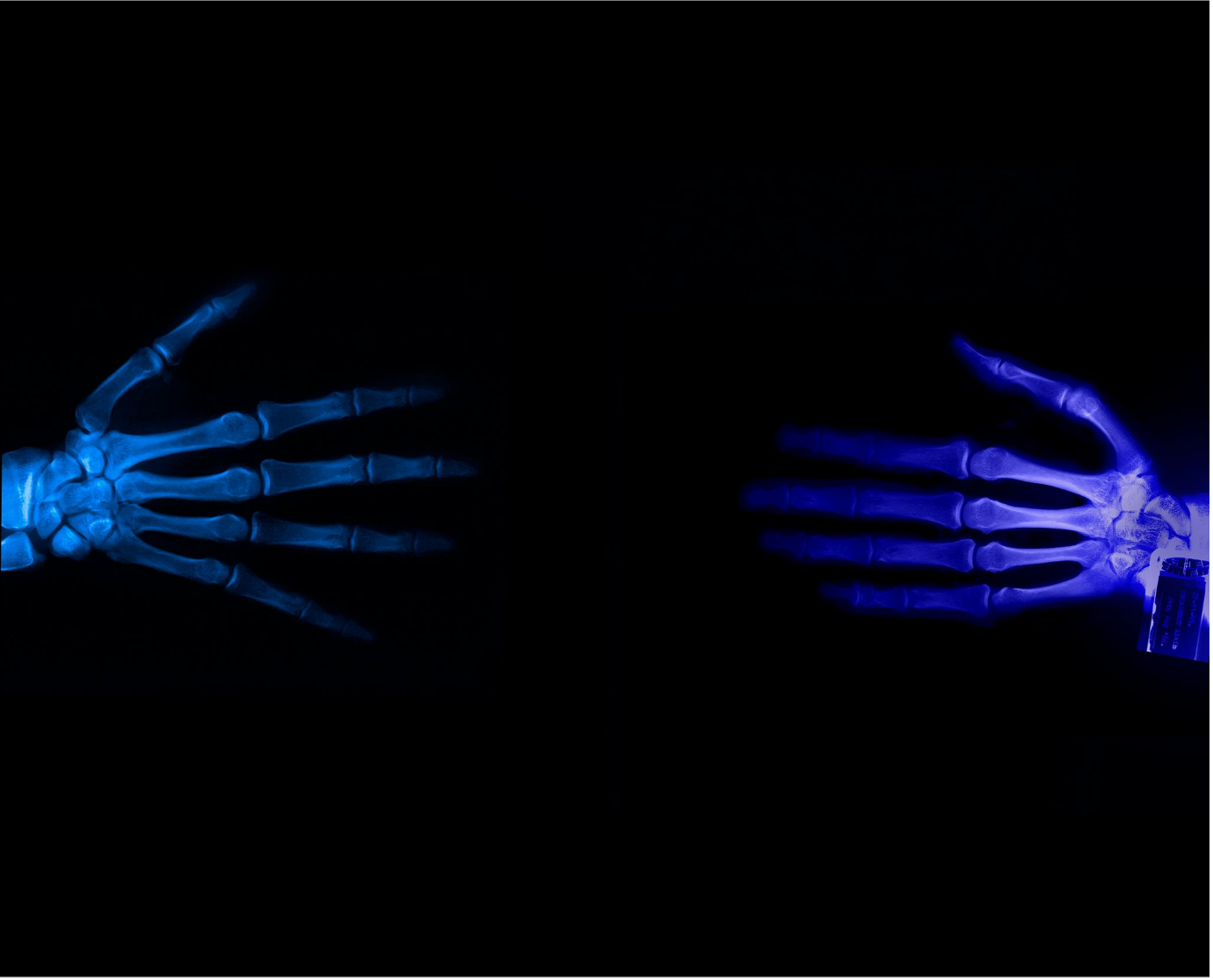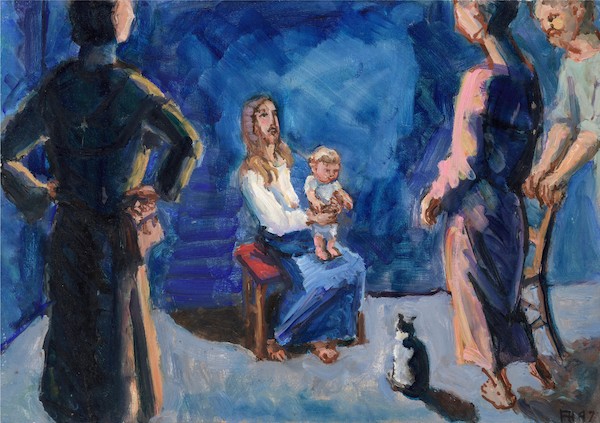The small Basque village of Guernica was the first place in the world to be demolished from the sky. It happened on 28 April 1937 during the Spanish Civil War and was done by German pilots who were sympathetic to the Franco cause. Though many people were alarmed by this dreadful event, few today remember it and the word ‘Guernica’ is more likely to bring to mind Picasso’s masterpiece.
A masterpiece by Picasso? Yes, there are many who would question such a statement, and ask ‘How can you call it such? Are you trying to be highbrow? Is it an intellectual conclusion you reached? Or is this just repeating what a small group of self-proclaimed elitists are dictating that everyone should believe? Are you joining the tyranny of that clique that threatens to call everyone else ignorant, stupid, behind-the-times or simply dull?’

If one should persist in asking whether this painting can really be called ‘beautiful’ – this Guernica, a 8x3.5-metre canvas painted in greyish shades that express the artist’s own reaction to the news of the bombing – we are inclined to answer, ‘No, not at all!’ On the contrary, it is a horrible work, anything but sweet or lovely, and certainly not ‘aesthetically pleasing’ or harmonious. But this does not say anything about its quality.
How would it be if this painting was exhibited anonymously, without the aura that has come to surround it? We would probably glance at it, be surprised or annoyed and walk past. Ten minutes later we may start to wonder what it actually meant and consult our guide to find the name Guernica, shrug our shoulders and walk away, maybe to return a little later for another look.
That evening we may be surprised to find that certain of its details have embedded themselves in our memory with irresistible power and we may find that we have to deal with the piece emotionally whether we wanted to or not. And that is the typical impact of an impressive masterpiece: we cannot escape its message.
At first the design may appear strange and bizarre, so that we cannot possibly understand it at all, and certainly cannot figure out why it calls up such strong emotions in us. Yet it appears that the inner logic of the scene, the convincing power of its symbolic language, takes hold of us and irresistibly works itself into our soul. No, Guernicais not beautiful, and yet. It is amazing that, the longer one immerses oneself in this painting, and the more one ponders it, the less strange the figures appear, and the more clear and human they become. The figures may be completely different from the reliably recognizable shapes in the older paintings we have become used to and yet, we see here, very convincingly portrayed, the sorrow, anxiety, hopelessness and desperation that grip a suffering people in the depths of their soul. And it begins to occur to us that it is particularly through the way these figures were drawn that they express these emotions so profoundly. No, do not come and look here for a pretty painting, a lovely design; but the work is filled with power that betrays incredible artistic talent.
Picasso did not try to picture the bombarded town; rather, he symbolically expressed the emotions of the people during the bombing and thereby elevated this work to become an enduring ‘writing on the wall’. Chunks of a man, his sword still clutched in his hand, lie scattered on the ground. A woman whose child has been killed becomes a monument of sorrow and hopelessness. A terrified, dismayed figure drags itself along, and another raises his hands to heaven in his utter distress. These figures are not individual people but symbolic figures who collectively express the misery of all. The figure on the right, for example, with arms raised to the sky, reminds us of the Zadkine statue in Rotterdam, which has the well-deserved title Demolished city even though it shows ‘only’ one single human figure.
Then we have the woman jerking her head out of a window and holding out an oil lamp. This figure, relentlessly powerful, could have been imagined only by a truly great artist. Are these the masses, trying to find out in panicked terror what is actually happening, since the bombardment was completely unexpected and unforeseen? To the left there is a bull, the symbol of the Spanish people, conscious of its own might, unmoved, for Spain will not capitulate! The horse also appears as a symbol of Spain, but this time in fear and agony.
Words can hardly do justice to this work. So purely artistic is the arrangement of the whole, with its underlying unity that allows no unnecessary line or speck of colour. The whole surface expresses the artist’s coming to grips with one single theme: Guernica, a complexity of human emotions ranging from rebellion to desperation, from despair to confidence in the future.
There is nothing coincidental about the fact that one of the most impressive masterpieces in all of modern art is a piece such as this. The theme of terror, which one finds again and again with many varying nuances in Picasso’s work, is most appropriate. For although modern art may sometimes be perceived as a new visual language, it must be remembered that it started out as a way of voicing those emotions that are normally experienced only in a nightmare or a terrifying daydream. This painting by Picasso, just like Zadkine’s best sculpture, the one in Rotterdam, expresses horror with a wealth of emotion that could never have been achieved as convincingly had the subject been something idyllic or cheerful.
All Picasso’s work from that period carried the potential for a piece like Guernicato be conceived. Special circumstances, as it were in a single blow, turned the possibility into reality. In January 1937 he was commissioned to create a painting for the Spanish Pavilion at the World Fair in Paris, but by late April nothing had come of it. Not even one idea had borne fruit. Then, on 28 April, the bombing took place. By 1 May the preparatory sketches were ready. In these early studies we find various elements that have been incorporated as dominant parts into the finished work. By 11 May the main lines had been sketched on the canvas and a month later, only slightly deviating from the earliest sketches, the work was completed. It is clear from this that Picasso was ready for a theme such as this, while the substantial events that finally led to its creation ensured that it did not result in a meaningless play of forms or in idle metaphysics but in a work pregnant with deep human significance.
When considered together, all this helps us to understand why Guernicacould, or rather, why it had to become the signature masterpiece of modern art.
Originally published in Dutch in Trouw, no date (between 1949 and 1956).
Published in English in M. Hengelaar-Rookmaaker (ed.): H.R. Rookmaaker:
The Complete Works 1, Piquant – Carlisle, 2003. Also obtainable as a CD-Rom. piquanteditions.com/
%20(1).png)












